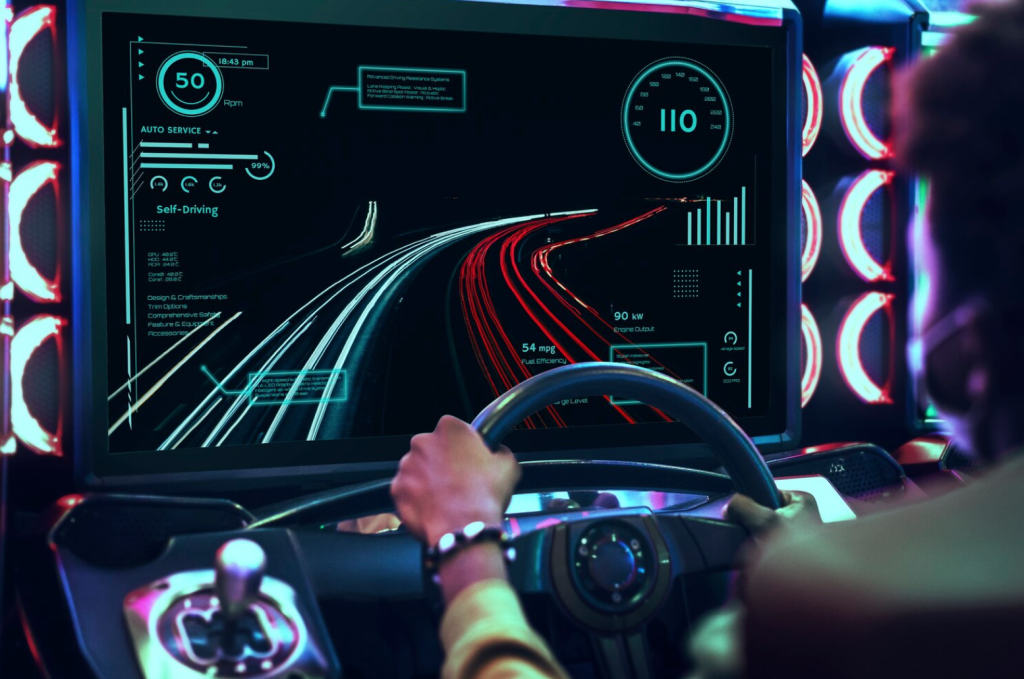Introduction: In the fast-paced world of motorsport, every fraction of a second counts. Advanced technologies such as data acquisition and telemetry have revolutionized the way racing teams analyze and optimize performance on the track. By gathering real-time data and telemetry from vehicles, teams can make informed decisions, refine strategies, and gain a competitive edge. In this guide, we’ll explore how data acquisition and telemetry are transforming motorsport, driving innovation, and pushing the boundaries of performance.
- The Evolution of Data Acquisition in Motorsport:
- Historical perspective: Tracing the evolution of data acquisition from rudimentary analog systems to sophisticated digital technologies used in modern racing.
- Early applications: Exploring the initial uses of data acquisition for basic performance monitoring and diagnostics in motorsport.
- Advancements in technology: Discussing the development of advanced sensors, data loggers, and telemetry systems that provide comprehensive insights into vehicle dynamics and performance.
- Components of Data Acquisition Systems:
- Sensors: Explaining the role of sensors in measuring key parameters such as vehicle speed, engine RPM, throttle position, brake pressure, steering angle, and tire temperatures.
- Data loggers: Describing how data loggers capture and store data from sensors, recording thousands of data points per second for analysis and review.
- Telemetry systems: Introducing telemetry systems that transmit real-time data from the vehicle to the pits, allowing engineers to monitor performance and make immediate adjustments.
- Real-Time Monitoring and Analysis:
- Dashboard displays: Discussing how drivers use real-time data displays to monitor vital parameters such as lap times, engine vitals, and tire pressures during races.
- Pit wall analysis: Exploring how engineers analyze telemetry data on pit walls, using advanced software tools to track performance trends, identify anomalies, and develop race strategies.
- Driver feedback: Highlighting the importance of driver feedback in interpreting telemetry data, providing insights into vehicle behavior and performance nuances.
- Optimization of Racing Strategies:
- Performance tuning: Utilizing telemetry data to fine-tune vehicle setups, optimize engine maps, adjust suspension settings, and improve aerodynamic balance for maximum performance.
- Tire management: Monitoring tire wear, temperature, and pressure data to optimize tire performance, manage degradation, and implement strategic tire changes during pit stops.
- Fuel strategy: Analyzing fuel consumption rates and engine efficiency data to develop optimal fuel-saving strategies and minimize time spent refueling during endurance races.
- Enhancing Driver Performance:
- Driver coaching: Using telemetry data to provide real-time feedback to drivers, helping them refine driving techniques, optimize racing lines, and maximize lap times.
- Simulation training: Leveraging telemetry data in driving simulators to recreate real-world racing scenarios, allowing drivers to practice and refine their skills in a controlled environment.
- Mental preparation: Incorporating telemetry analysis into pre-race preparation, helping drivers visualize race scenarios, anticipate challenges, and develop effective strategies for success.
- Continuous Development and Innovation:
- Research and development: Investing in ongoing research and development to advance data acquisition technologies, improve sensor accuracy, and enhance data analysis capabilities.
- Integration with AI and machine learning: Exploring the integration of artificial intelligence and machine learning algorithms into data acquisition systems, enabling predictive analysis, anomaly detection, and optimization of racing strategies.
- Collaboration and knowledge sharing: Encouraging collaboration between racing teams, manufacturers, and technology partners to share insights, best practices, and innovations in data acquisition and telemetry.
Conclusion: Data acquisition and telemetry have become indispensable tools in modern motorsport, revolutionizing the way teams analyze performance, develop strategies, and optimize racing outcomes. By harnessing the power of real-time data and advanced analytics, racing teams can gain a competitive edge, improve driver performance, and push the boundaries of innovation on the track. With continuous development and integration of cutting-edge technologies, the future of motorsport promises to be even more data-driven, dynamic, and exciting, shaping the next generation of racing champions and technological advancements.



